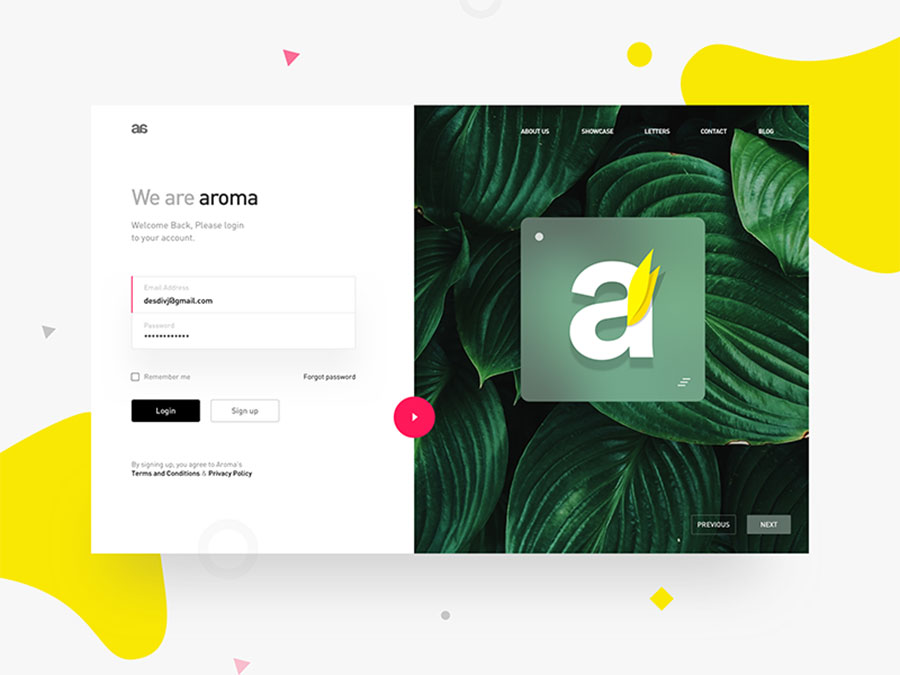Designing a login page can be difficult if you don’t know where to start. There are many teeny-tiny details that can be overlooked and ruin the user experience, preventing the onboarding of new users. When you have no starting point whatsoever, it pays to get up to speed with the basics of login page design regardless of the type of website.
Those who want to build a beautiful and responsive login page should read this article thoroughly and pay attention to all the aspects discussed below. The good news is that login pages are not difficult to build, as long as you follow some basic rules. Learn below more about this topic in this article created by our team at Amelia (the best booking plugin for WordPress).
The Importance of The Login Page Design
Before jumping into the do’s and don’ts of login page design, you should know what these pages do in the first place.
A login page is a door that users must open in order to get the best out of their user experience with a website.
It is the starting point of navigating a website in a personalized manner. By creating an account on a website, you get to customize some aspects of your experience with the site and get access to membership benefits.
Well-designed website login pages should inspire a sense of security. A poor login page will immediately influence your conversion rate because people are not going to sign up in the first place.
Designing a website login page properly is a condition of owning a website, considering that this page is most likely to be accessed by users at least once per browsing session. People who want to access their accounts can’t do it without reaching the login page, and if the login screen is not designed properly and it’s a pain to use, you’ll lose users.
Once you’ve figured out how important a beautiful and responsive this page is, it’s time to learn how to create a login page that makes users stay on the website and enjoy their experience. Here’s the list of do’s and don’ts:
The Do’s
Keep it clear
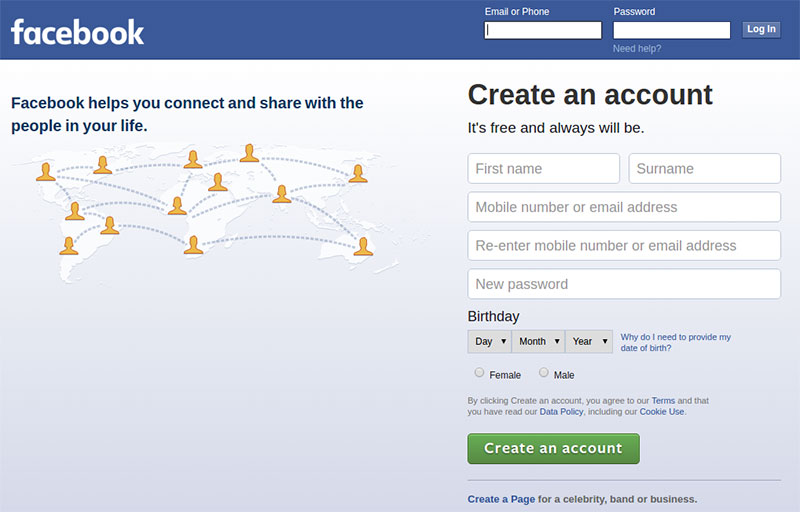
You can’t go wrong with a simple login form and clean design.
Cluttering the page and making the login forms difficult to notice or to reach will make users leave the website. Try to keep the login screen simple and make it starkly visible, so that visitors can find it fast.
Instead of creating a Log In/Sign Up form button and redirecting users to a new page, you can incorporate a login form on the homepage, to make it prominent and eye-catching, as well as convenient to use.
Once you have an envisioned login page, why not try using graphic design subscriptions to help you create your login pages? Some of these services offer web design work and have UI/UX pros to produce simple but beautiful login pages for your site.
Distinguish login and registration
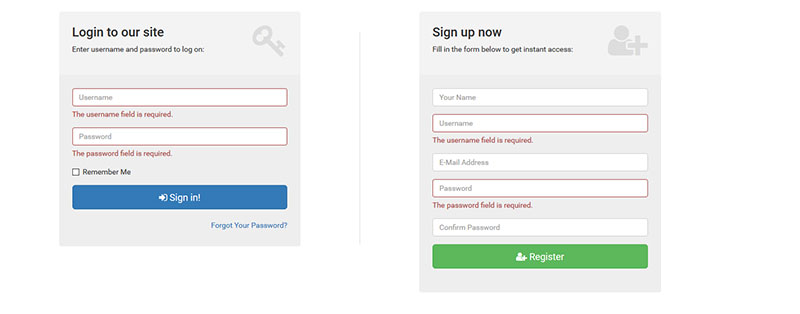
Some login pages don’t make a clear distinction between the login form and the registration form. Signing up requires gathering more information from the person who wants to create an account while logging in requires using your previous credentials and accessing your website.
You need to make a clear distinction between the two, to avoid confusion. For instance, if a person tries to log in by using the registration form, they might get redirected to a page that has nothing to do with logging in but instead asks them to sign up again.
Logging in with external accounts
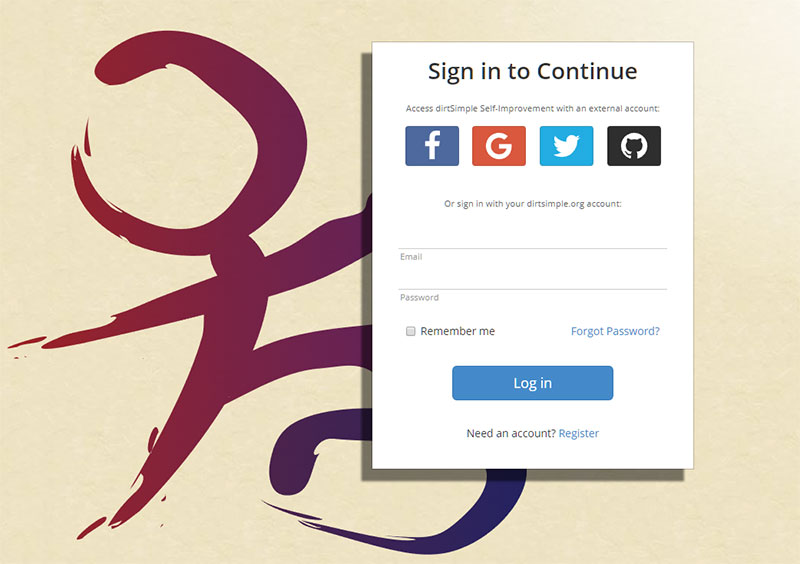
Taking into consideration that some people want to create an account as fast as possible, you need to give them plenty of registration options on the sign-up page. Your login page should contain an option that lets people sign up on your website using an external account.
This way, they won’t need to go through the lengthy registration process to make a purchase or add a comment on your site.
Add options for linking with Facebook, Google, or Twitter accounts. Keep in mind that you may no longer receive all the contact details you would normally require through a registration form.
Add a “Forgot your password?” option
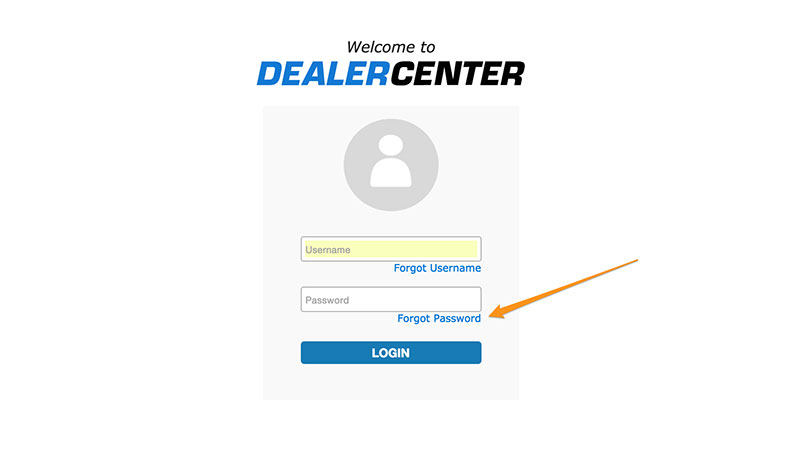
People forget their passwords quite often, and it would be a hassle to contact support just because you don’t remember yours.
This is the reason why you’ll have to implement a “Forgot your password?” function on the login screen.
When users click it, they should receive a link in their email that lets them change their credentials and log in to the website without further issues. The WordPress admin login does this quite well.
Solving the Caps Lock issue

Mistyping the password on the login form is a common practice, and it mostly happens because Caps Lock is on. As you may have noticed while using other websites, some login forms let people know if their Caps Lock is on, to avoid making typos while writing.
This is a very helpful feature for websites that restrict the number of times an incorrect login can be entered before locking the user out.
Solving the mistyping issue
Even though the “Caps Lock” solution is effective on a login screen, you can also implement an option that unmasks the password while typing in the login form.
If the unmask option is checked, the user will be able to see what they type in the field. If it is left unchecked, the traditional masking symbols will appear instead.
Add a “Remember me” option
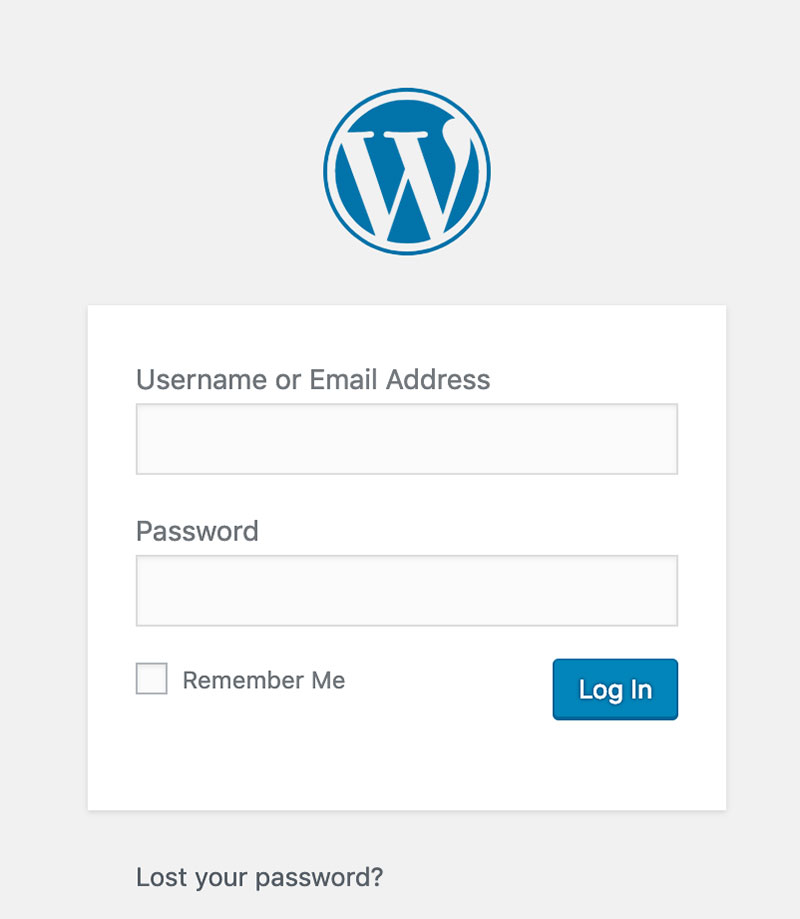
To reduce the number of people who request to change their passwords because they forgot them, it would be best to add a “Remember me” option at the end of the login form.
Once checked, this option saves the credentials, and each time that person accesses the page, their email and password will pop up in the form, or they will show up as already logged in.
The Don’ts
Similar “Sign In” and “Sign Up” buttons
This image presents the wrong way of designing the Sign In and Sign Up buttons:
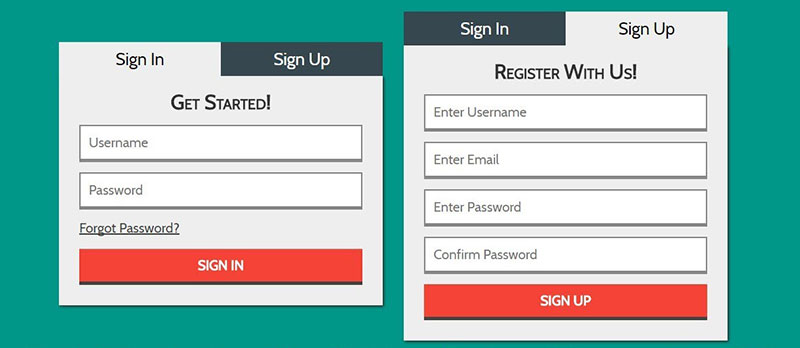
It confuses users a lot. Is it a sign-in page or is it a sign-up page?
Instead of making them very similar, it’s best to differentiate these buttons and make it easy for the users to do what they’ve accessed the website for – to either login or create a new account.
Clicking one instead of the other by mistake could lead to a poor user experience by confusing the users and making them leave the website without further interaction. Use color, size, or some other contrast technique to make them visually distinct.
Modal logins

Using modal or tabbed logins is not a good practice because they require more steps from the user. They will need to click on the expandable menu, select login, and then fill out the form from there.
Instead, a login page should contain the Sign In/Sign Up options separately. Moreover, modal logins might lead to more customer support demands, as users may get confused as to how to find the Sign In form (which may not be obvious).
Hidden input fields
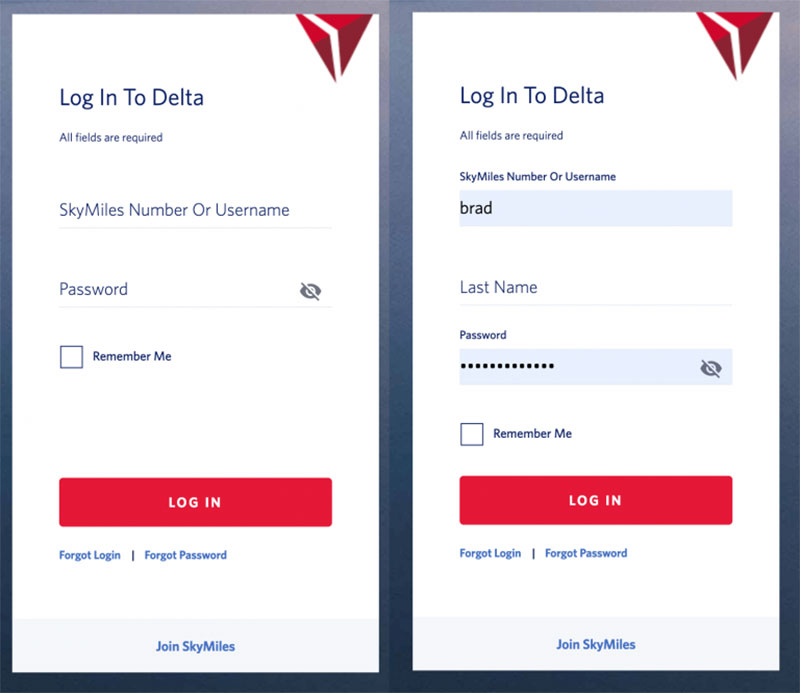
Hidden input fields shouldn’t be hard to find or tricky to use. Some browsers, including Chrome and Chrome alternatives, can retain information that users type in when they register on a new website.
To make the process easier and faster, the browser automatically fills fields that it recognizes, such as name, surname, address, phone number, and so on. If some fields are hidden or can only be accessed via a drop-down menu, the browser won’t be able to recognize the fields and autofill them.
Most login page templates look the same, so try not to stray too far from the conventional elements of such a template.
Asking for a username instead of an email
In the login form design, it would be recommended to ask people to sign in using their username instead of their email. This practice is not efficient because people are very likely to forget each username they use for each particular website they’ve accessed lately.
Instead, using their email on the login page can’t go wrong because it remains the same regardless of what website they navigate on. This is not a general rule, but it is a better practice that is proven to generate fewer customer support requests.
Restricting long passwords
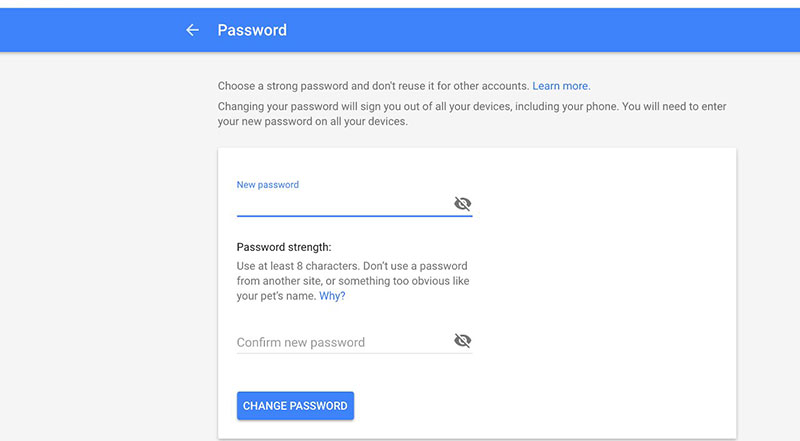
Taking into account how important cybersecurity is today, passwords should be as long and complex as possible. If your login page limits users to using an eight-character password, they might give up registering because their account won’t be as secure as they would like.
Make sure that you set no max limit (or the highest possible) to the characters when users pick their password. This is a detail that could make the difference between gaining a user and losing one.
Overcomplicating things
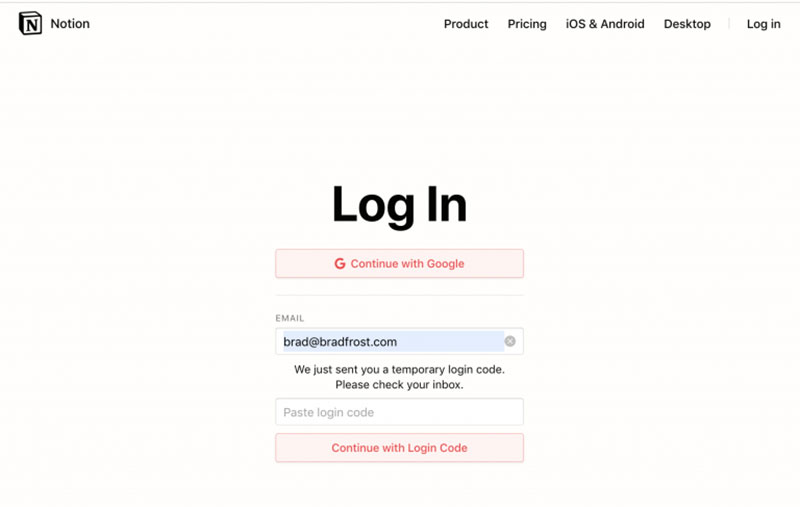
You’ve probably been through this login process at least once: you access the login page, type in your credentials, and hit “Create an account”. Suddenly, you receive a mail with a temporary password that looks something like this: “akj12sd65l254kFJ”.
Then, you have to return to the website, use your email and the temporary password, and then change it with one of your choices. The process is indeed secure, but it is time-consuming and it often leads to people giving up. Keep the login page simple and the form even simpler.
FAQs about login page design
1. What are the best practices for designing a secure login page?
Strong password guidelines, SSL encryption, and multi-factor authentication (MFA) should all be used on a secure login page. In order to defend against attacks like SQL injection and cross-site scripting, it is also crucial to check user input (XSS). In order to avoid brute force assaults, login attempts should also be rate-limited, and error messages shouldn’t provide potential attackers too much information.
2. How can we ensure that users are able to easily remember their login credentials?
Users should be able to select their own username and password in order to make their login information easier to remember. Users can stay logged in for extended periods of time by including a “remember me” option on the login screen. Giving users password suggestions and reminders might also aid in their memory of their login information.
3. Should we include a “remember me” option on the login page?
By enabling users to stay logged in for longer periods of time, a “remember me” option can enhance user experience. But, if a user is viewing the website from a shared computer, it may potentially present a security concern. Users should be made aware of the dangers involved with the feature and given explicit instructions on how to turn it off.
4. What is the best way to handle failed login attempts on the login page?
When a user’s login attempt fails, a clear error message should be sent to them, telling them that their login credentials were invalid. It’s crucial to refrain from divulging unnecessary details, such as if the username or password was incorrect. In order to avoid brute force assaults, failed login attempts should also be limited in rate.
5. How can we make the login process as simple and user-friendly as possible?
The login page should be straightforward to find and navigate in order to make the login procedure easy and user-friendly. The form should also be straightforward to use, ask for only the information that is necessary, and only require a minimal quantity of information. Users might benefit from password tips and reminders to help them remember their login information.
6. What are the key elements that should be included on a login page?
A form for inputting login information, a link that says “lost password,” and a link to establish a new account are the essential components that must be present on a login page. In addition, a message that is clear and to the point should be provided to let the user know what the page is for.
7. Should we require users to create a username or can we allow them to log in with their email address?
Since customers are less likely to forget their email address than their username, allowing users to log in using their email address can make the login process simpler. Nonetheless, they should be available as an option if usernames are necessary for other reasons, such as showing a user’s unique identity.
8. What is the best way to handle password reset requests on the login page?
Requests for password resets ought to be handled by emailing the user’s email address a link that they can use to change their password. It’s critical to confirm the email address and guarantee that the link is only active for a brief period of time. The password reset page should also be encrypted using HTTPS and be safe.
9. How can we prevent brute force attacks on the login page?
Rate-limiting login attempts, which can slow down attackers and stop them from trying too many passwords quickly, can stop brute force attacks. In order to confirm that login attempts are being made by a human user and not a bot, CAPTCHA challenges can also be employed.
10. Should we allow users to log in with social media accounts on the login page?
By allowing users to log in using their social network accounts, you may make the login process easier and make it easier for consumers to remember their login information. But, it’s crucial to take into account how giving third parties access to customer data may affect their privacy. Also, individuals might hesitate to use this tool if they worry about the security of their social network accounts. Thus, it’s crucial to make sure the login procedure is safe and adheres to user privacy, as well as to clearly explain the advantages and risks of using social media accounts.
Keeping everyone happy when it comes to your login page
To keep your users happy, make your login forms simple and smooth, design the page properly, and give users the direction they need to access what they want.
Differentiate the SignUp/Sign In buttons and accentuate important features such as “Forgot password?”, “Remember me”, or “Show password”. A login page is a paramount component of web design, so pay careful attention to how you put it together and your users will thank you for it.
If you enjoyed reading this article about login page design, you should check out this one on golden ratio in design.
We also wrote about a few related subjects like loading bar, homepage design, website critique and information architecture.
